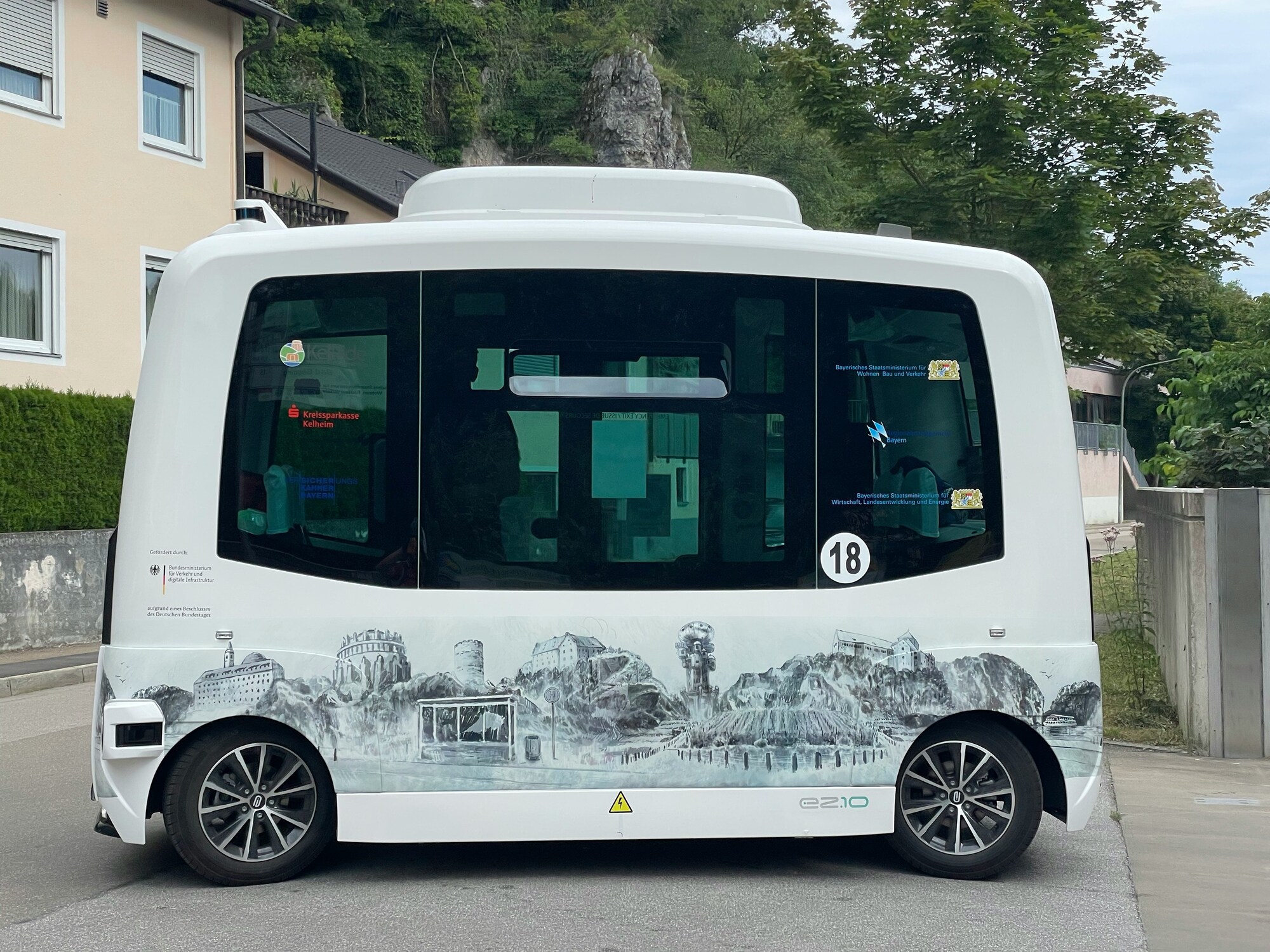The landscape of transportation is rapidly evolving, with autonomous vehicles at the forefront of this transformation. These self-driving cars promise not only to redefine mobility but also to solve many of the persistent issues that plague our roads today. However, like any innovation, they come with their own set of challenges. This article explores the latest advancements in autonomous technology and the obstacles still to overcome.
The Rise of Autonomous Vehicles
Over the past decade, the development of autonomous vehicles has accelerated exponentially. Major automotive manufacturers and tech companies alike are investing heavily in research and development to make self-driving technology a reality. The goal is to provide a level of autonomy that allows vehicles to operate safely and efficiently without human intervention.
Technological Advances
- Sensor Technology: Modern autonomous vehicles are equipped with an array of sensors, including lidar, radar, and cameras. These components work together to create a 360-degree view of the vehicle’s surroundings, enabling it to detect obstacles, pedestrians, and other vehicles in real-time.
- Machine Learning Algorithms: The implementation of advanced machine learning algorithms plays a crucial role in the decision-making process of self-driving cars. This technology allows them to learn from vast amounts of data, improving their ability to navigate complex environments.
- Connectivity: The advent of vehicle-to-everything (V2X) communication means that autonomous vehicles can interact with other vehicles and infrastructure. This connectivity enhances safety and traffic flow, contributing to a more coordinated transportation system.
Real-World Examples
Numerous companies are currently testing their autonomous vehicles on public roads. For instance, Waymo, the self-driving technology company initiated by Google, has been pioneering this space with significant success. Their driverless taxis are now operational in select urban areas, providing a glimpse into the future of ride-hailing and public transportation.
Similarly, Tesla continues to innovate their driver-assistance features, working towards full autonomy. Their Autopilot system, while not completely autonomous, demonstrates the potential of self-driving capabilities and sets the stage for future enhancements.
The Challenges Ahead
Despite the promising advancements, the journey towards fully autonomous vehicles is fraught with challenges. Here are some of the most pressing issues:
- Regulation and Legislation: One of the significant barriers to the widespread adoption of autonomous vehicles is the regulatory landscape. Governments around the world are still formulating laws and guidelines to govern the use of self-driving cars, creating uncertainty for manufacturers and consumers alike.
- Safety and Liability: Public safety is a paramount concern. Incidents involving autonomous vehicles, even if rare, raise questions about liability and accountability. Who is responsible in the case of an accident involving a self-driving car? This question remains largely unanswered.
- Public Perception: Misinformation and fears surrounding autonomous technology continue to hinder acceptance. Many individuals are skeptical about the safety of self-driving cars, fueled by media coverage of accidents and malfunctions. Overcoming public perception is vital for mainstream adoption.
The Future of Autonomous Vehicles
Looking forward, the future of autonomous vehicles appears promising yet complex. As technology continues to evolve, we can expect to see advancements in areas such as:
- Enhanced AI Capabilities: Future self-driving cars will likely incorporate even more sophisticated artificial intelligence, enabling them to predict potential hazards and make real-time adjustments to their driving patterns.
- Integration with Smart Cities: As urban areas undergo a transformation to smart cities, autonomous vehicles will play an integral role. They will interact with smart traffic signals, reduce congestion, and improve urban planning.
- Shared Mobility Solutions: The emergence of the sharing economy can complement the use of autonomous vehicles. Ride-sharing services that use self-driving technology could help reduce the number of cars on the roads, lessening traffic congestion and lowering emissions.
Conclusion
The advancements in autonomous vehicles signal a revolutionary change in how we think about transportation, offering numerous benefits such as improved safety and enhanced efficiency. However, addressing the accompanying challenges will be essential for realizing the full potential of this technology. Collaboration between manufacturers, policymakers, and the public will be crucial in navigating this new landscape, ensuring that autonomous vehicles can coexist with traditional vehicles while fostering a more sustainable and safer future.
As we stand on the brink of this automotive revolution, embracing the technology while remaining vigilant about safety, ethics, and regulations will be imperative. The road ahead may be long, but the journey promises to be exciting.
